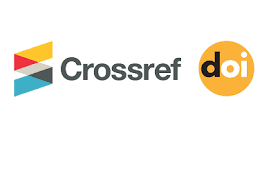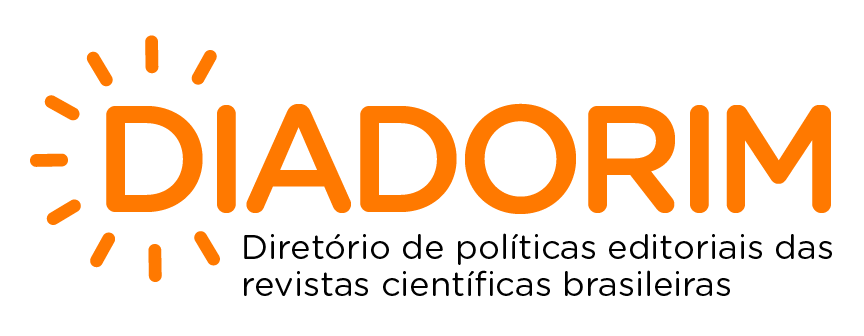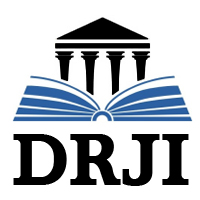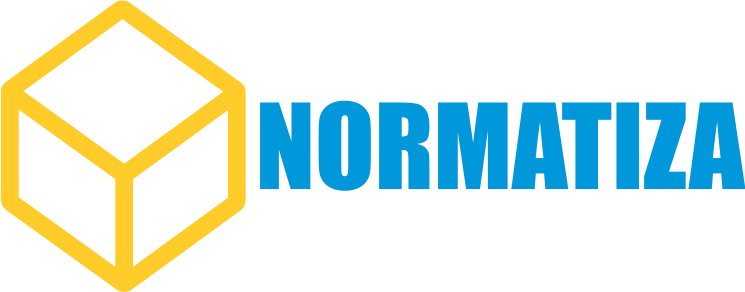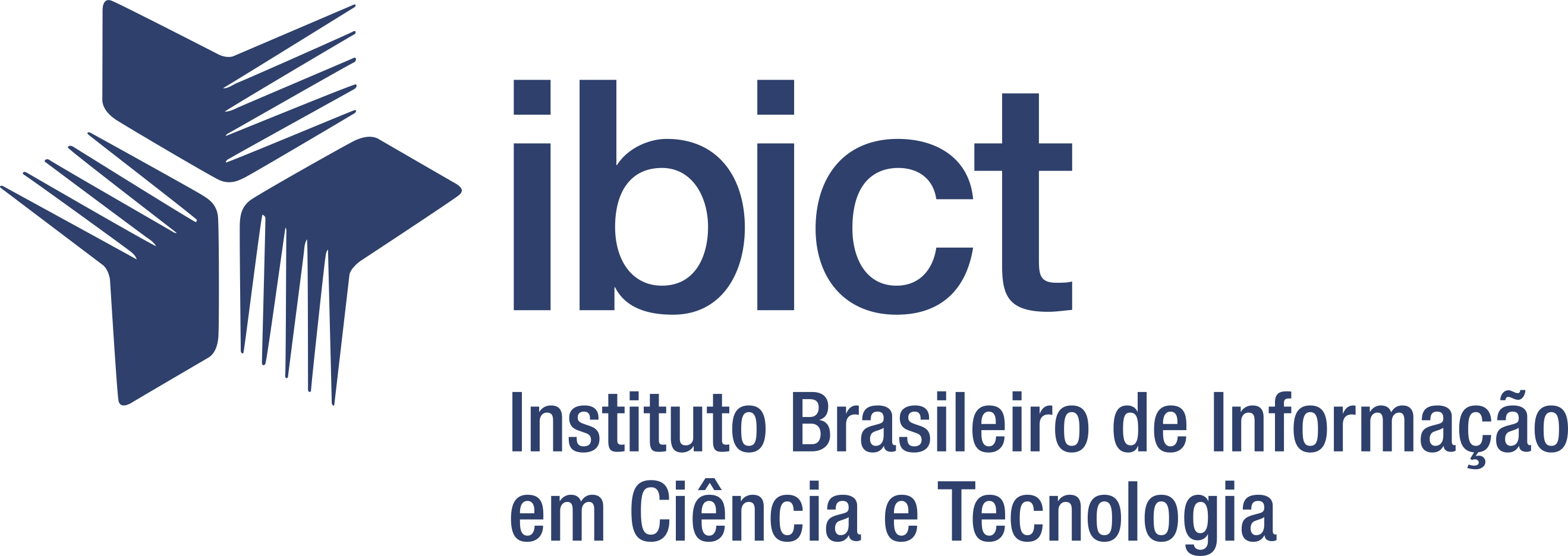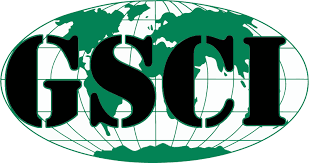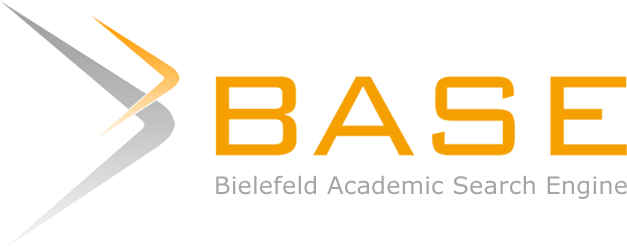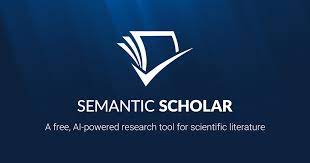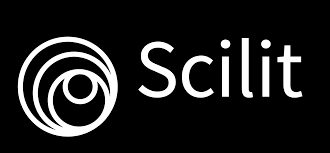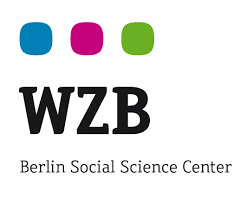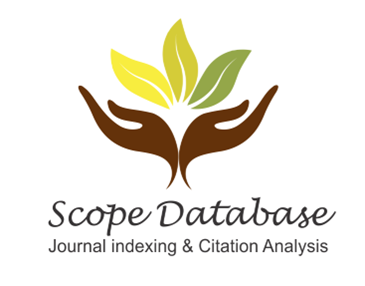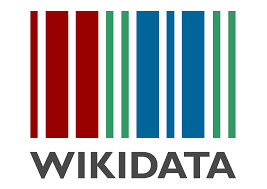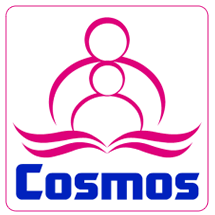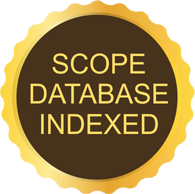ASTRÓCITOS: DO PROTAGONISMO AOS DÉFICITS
DOI:
https://doi.org/10.53612/recisatec.v2i10.195Palavras-chave:
Sistema Nervoso Central, Células Gliais, EncéfaloResumo
O presente artigo busca através da metodologia de revisão bibliográfica reunir, analisar e sintetizar as informações mais recentes sobre as diversas funções desempenhadas pelas células gliais, focando nos astrócitos como primordiais para o bom funcionamento do sistema neural. Verificou-se que os astrócitos possuem as funções de isolar, sustentar e nutrir neurônios, são parte integrante e essencial para o controle homeostático passivo das condições e função sináptica; são importantes reguladores multifuncionais do acoplamento neurometabólico, controlam o fluxo sanguíneo do sistema nervoso central pela liberação e produção de moléculas vasoativas, sendo também mediadores primários no local do fluxo sanguíneo em relação a várias atividades neuronais do sistema nervoso central, realizam a destoxificação, fagocitose, possuem funções imunes e desempenho essencial na formação e manutenção da barreira sangue-cérebro (BSC) e assim, consequentemente, das modulações necessárias em respostas imuno-inflamatórias. As recentes descobertas apontam que a deficiência e o mau-funcionamento de astrócitos estão diretamente relacionados às doenças de Alzheimer, e algumas formas de epilepsia, estando correlacionadas também a problemas de memória.
Downloads
Referências
ARAQUE, Alfonso et al. Tripartite synapses: glia, the unacknowledged partner. 1999. Trends in neurosciences, 22(5), 208–215. DOI: https://doi.org/10.1016/S0166-2236(98)01349-6
ARAQUE, Alfonso, & NAVARRETE, Marta.. Glial cells in neuronal network function. 2010. Philosophical Transactions of the Royal Society of London B: Biological Sciences, 365(1551), 2375–2381. DOI: https://doi.org/10.1098/rstb.2009.0313
BANERJEE R, et al. The undertow of sulfur metabolism on glutamatergic neurotransmission. 2008. Trends Biochem Sci. 33, 413-419. DOI: https://doi.org/10.1016/j.tibs.2008.06.006
BRANDENBURG, L. O., KONRAD, M., WRUCK, C. J., KOCH, T., LUCIUS, R., PUFE, T. Functional and physical interactions between formyl-peptide-receptors and scavenger receptor MARCO and their involvement in amyloid beta 1-42-induced signal transduction in glial cells. 2010. J. Neurochem. 113, 749–760. DOI: https://doi.org/10.1111/j.1471-4159.2010.06637.x
BRAMANTI, P.,et al. Signal transduction pathways involved in protective effects of melatonin in C6 glioma cells. 2008. J Pineal Res 44,
-87.
BELLAVER, Bruna. O PAPEL DOS ASTRÓCITOS NO ENVELHECIMENTO CEREBRAL: avaliação de parâmetros glutamatérgicos, oxidativos e inflamatórios em culturas hipocampais de ratos wistar. 2015. 103 f. Dissertação (Mestrado) - Curso de Ciências Biológicas-Bioquímica, Ufrgs, Porto Alegre, 2015.
BIGNAMI, A. Discussions in Neuroscience. 1991. Vol. 8. Elsevier Science Publishers, Amsterdam, p. 1-45.
CABEZAS R, et al. Astrocytic modulation of blood brain barrier: perspectives on Parkinson's disease. 2014. Front Cell Neurosci. 8, 211. DOI: https://doi.org/10.3389/fncel.2014.00211
CHARLES, Andrew et al. Intercellular signaling in glial cells: calcium waves and oscillations in response to mechanical stimulation and glutamate. 1991. Neuron, 6(6), 983–992. DOI: https://doi.org/10.1016/0896-6273(91)90238-U
CORNELL-BELL et al. Glutamate induces calcium waves in cultured astrocytes: long-range glial signaling. 1990. Science, 247(4941), 470. DOI: https://doi.org/10.1126/science.1967852
DANBOLT NC. Glutamate uptake. 2001. Prog Neurobiol. 65, 1-105. DOI: https://doi.org/10.1016/S0301-0082(00)00067-8
EULENBURG V, GOMEZA J. Neurotransmitter transporters expressed in glial cells as regulators of synapse function. 2010. Brain Res Rev. 63, 103-112. DOI: https://doi.org/10.1016/j.brainresrev.2010.01.003
FABRICIUS K, et al. Effect of age on neocortical brain cells in 90+
year old human females--a cell counting study. 2013. Neurobiol Aging. 34, 91-99. DOI: https://doi.org/10.1016/j.neurobiolaging.2012.06.009
GARDONI F , DI LUCA M. New targets for pharmacological intervention in the
glutamatergic synapse. 2006. Eur J Pharmacol. 545, 2-10. DOI: https://doi.org/10.1016/j.ejphar.2006.06.022
GOERGEN, Diego Inacio; CRUZ, Dennis Baroni. CONCEITOS ATUAIS SOBRE OS ASTRÓCITOS. Salão de Ensino e de Extensão, Santa Cruz do Sul, v. 1, n. 1, p. 1-2, 22 out. 2012.
GORDON, Grant et al. Astrocyte control of the cerebrovasculature. 2007b. Glia, 55(12), 1214–1221. DOI: https://doi.org/10.1002/glia.20543
HAYDON, Philip G. GLIA: listening and talking to the synapse. 2001. Nature Reviews Neuroscience, 2(3), 185–193. DOI: https://doi.org/10.1038/35058528
IZQUIERDO I, et al. Different molecular cascades in different sites of the brain control memory consolidation. 2006. Trends Neurosci. 29, 496-505. DOI: https://doi.org/10.1016/j.tins.2006.07.005
KETTENMANN, H., VERKHRATSKY, A. Neuroglia: the 150 years after. 2008. Trends Neurosci 31, 653-659 DOI: https://doi.org/10.1016/j.tins.2008.09.003
KOEHLER RC, et al. Astrocytes and the regulation of cerebral blood flow. 2009. Trends Neurosci. 32, 160-169. DOI: https://doi.org/10.1016/j.tins.2008.11.005
MARAGAKIS NJ , ROTHSTEIN JD. Mechanisms of Disease: astrocytes in neurodegenerative disease. 2006. Nat Clin Pract Neurol. 2, 679-689. DOI: https://doi.org/10.1038/ncpneuro0355
Menet V, et al. Inactivation of the glial fibrillary acidic protein gene, but not that of vimentin, improves neuronal survival and neurite growth by modifying adhesion molecule expression. 2001. J Neurosci. 21, 6147-6158. DOI: https://doi.org/10.1523/JNEUROSCI.21-16-06147.2001
METEA, Monica R, & NEWMAN, Eric A. Glial cells dilate and constrict blood vessels: a mechanism of neurovascular coupling. 2006b. Journal of Neuroscience, 26(11), 2862–2870. DOI: https://doi.org/10.1523/JNEUROSCI.4048-05.2006
MONTGOMERY D. L. Astrocytes: form, functions and roles in diseases. 1994. Vet. Pathol. 31:145-167. DOI: https://doi.org/10.1177/030098589403100201
NEDERGAARD, M et al. New roles for astrocytes: redefining the functional architecture of the brain. 2003.Trends Neurosci. 26, 523-530. DOI: https://doi.org/10.1016/j.tins.2003.08.008
OTA Y, et al. The role of astrocytes in the regulation of synaptic plasticity and memory formation. 2013. Neural Plast. 2013, 185463. DOI: https://doi.org/10.1155/2013/185463
PEREA, Gertrudis, & ARAQUE, Alfonso. Glial calcium signaling and neuron–glia communication. 2005. Cell Calcium, 38(3), 375 – 382. Frontiers in calcium signalling. DOI: https://doi.org/10.1016/j.ceca.2005.06.015
PEREA, Gertrudis et al. Tripartite synapses: astrocytes process and control synaptic information. 2009. Trends in neurosciences, 32(8), 421–431 DOI: https://doi.org/10.1016/j.tins.2009.05.001
PIVOVAROVA NB , ANDREWS SB. Calcium-dependent mitochondrial function and dysfunction in neurons. 2010. FEBS J. 277, 3622-3636. DOI: https://doi.org/10.1111/j.1742-4658.2010.07754.x
RODRIGUEZ-ARELLANO JJ, et al. Astrocytes in physiological aging and Alzheimer's disease. 2015. Neuroscience. DOI: https://doi.org/10.1016/j.neuroscience.2015.01.007
RODRIGUEZ JJ ,et al. Complex and region-specific changes in astroglial markers in the aging brain. 2014. Neurobiol Aging. 35, 15-23. DOI: https://doi.org/10.1016/j.neurobiolaging.2013.07.002
SAMPEDRO-PIQUERO P, et al. Astrocytic plasticity as a possible mediator of the cognitive improvements after environmental enrichment in aged rats. 2014. Neurobiol Learn Mem. 114, 16-25. DOI: https://doi.org/10.1016/j.nlm.2014.04.002
SEGOVIA G, et al. Glutamatergic neurotransmission in aging: a critical perspective. 2001. Mech Ageing Dev. 122, DOI: https://doi.org/10.1016/S0047-6374(00)00225-6
SQUIRE LR, et al. Magnetic resonance imaging of the hippocampal formation and mammillary nuclei distinguish medial temporal lobe and diencephalic amnesia. 1990. J Neurosci. 10, 3106-3117 DOI: https://doi.org/10.1523/JNEUROSCI.10-09-03106.1990
STEINHAUSER, C., SEIFERT, G. (2012). Astrocyte dysfunction in epilepsy. 2012. Jasper’s Basic Mechanisms of the Epilepsies. DOI: https://doi.org/10.1093/med/9780199746545.003.0047
STOBART JL , ANDERSON CM. Multifunctional role of astrocytes as gatekeepers of neuronal energy supply. 2013. Front Cell Neurosci. 7, 38. DOI: https://doi.org/10.3389/fncel.2013.00038
VOLTERRA, A, & BEZZI, P. Release of transmitters from glial cells. 2002. The Tripartite Synapse: Glia in Synaptic Transmission, 164–184.
WANG DD , BORDEY A. The astrocyte odyssey. 2008. Prog Neurobiol. 86, 342-367. DOI: https://doi.org/10.1016/j.pneurobio.2008.09.015
ZONTA, Micaela et al. Neuron-to-astrocyte signaling is central to the dynamic control of brain microcirculation. 2003. Nature neuroscience, 6(1), 43. DOI: https://doi.org/10.1038/nn980
ZHANG Y, PARDRIDGE WM. Rapid transferrin efflux from brain to blood cross the bloodbrain barrier. 2001. J Neurochem. 76, 1597-1600. DOI: https://doi.org/10.1046/j.1471-4159.2001.00222.x
Downloads
Publicado
Como Citar
Edição
Seção
Categorias
Licença
Copyright (c) 2022 RECISATEC - REVISTA CIENTÍFICA SAÚDE E TECNOLOGIA - ISSN 2763-8405

Este trabalho está licenciado sob uma licença Creative Commons Attribution 4.0 International License.
Os direitos autorais dos artigos/resenhas/TCCs publicados pertecem à revista RECISATEC, e seguem o padrão Creative Commons (CC BY 4.0), permitindo a cópia ou reprodução, desde que cite a fonte e respeite os direitos dos autores e contenham menção aos mesmos nos créditos. Toda e qualquer obra publicada na revista, seu conteúdo é de responsabilidade dos autores, cabendo a RECISATEC apenas ser o veículo de divulgação, seguindo os padrões nacionais e internacionais de publicação.








